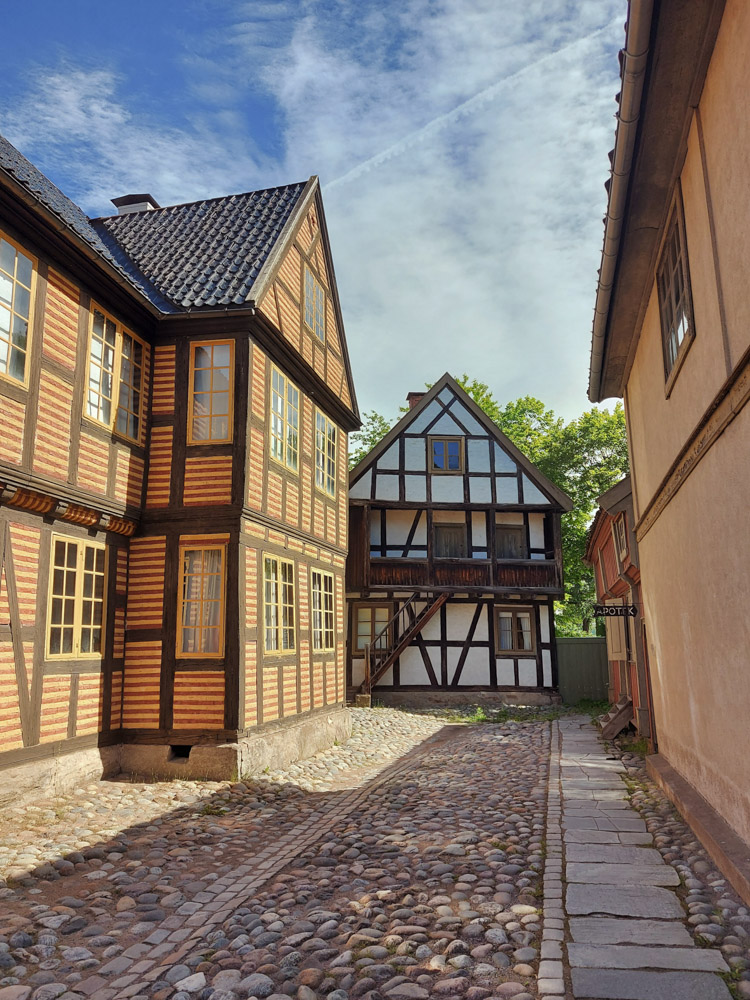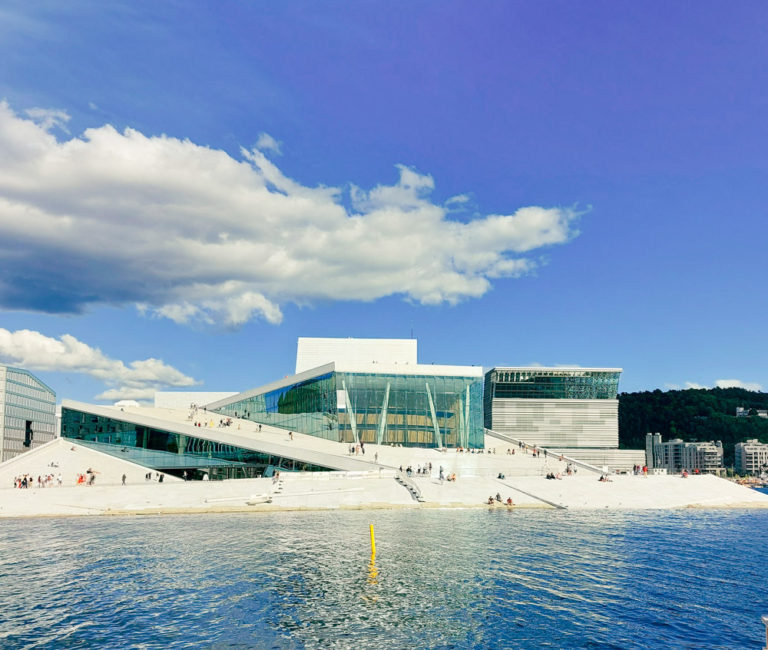Oslo, Norway is a great city to visit for a long weekend. There is lot to squeeze into 48 hours so here is the perfect itinerary to see all the top sights in just 2 days in Oslo.
This itinerary is roughly split into a free Day and an Oslo Pass day. By this, I mean day one explores free or low cost parts of the city (because let’s face it Oslo is expensive!). Whilst day two takes advantage of the Oslo Pass. This ticket provides entry to the best museums and attractions in Oslo.
Day 1: Morning in Oslo
Free Walking Tour
After a quick bite to eat for breakfast, we began our city break with a 10am walking tour. Walking tours are a great way to explore key sights with a knowledgeable local guide. They are “free” but you are expected to tip the guide at the end of the tour. On the tour we took, our guide had a card machine which was super handy so we didn’t need to get cash out at all for this trip.
Our tour took around 2 hours. If you don’t fancy following a guide, here are the key sights we visited so you can explore these yourself!
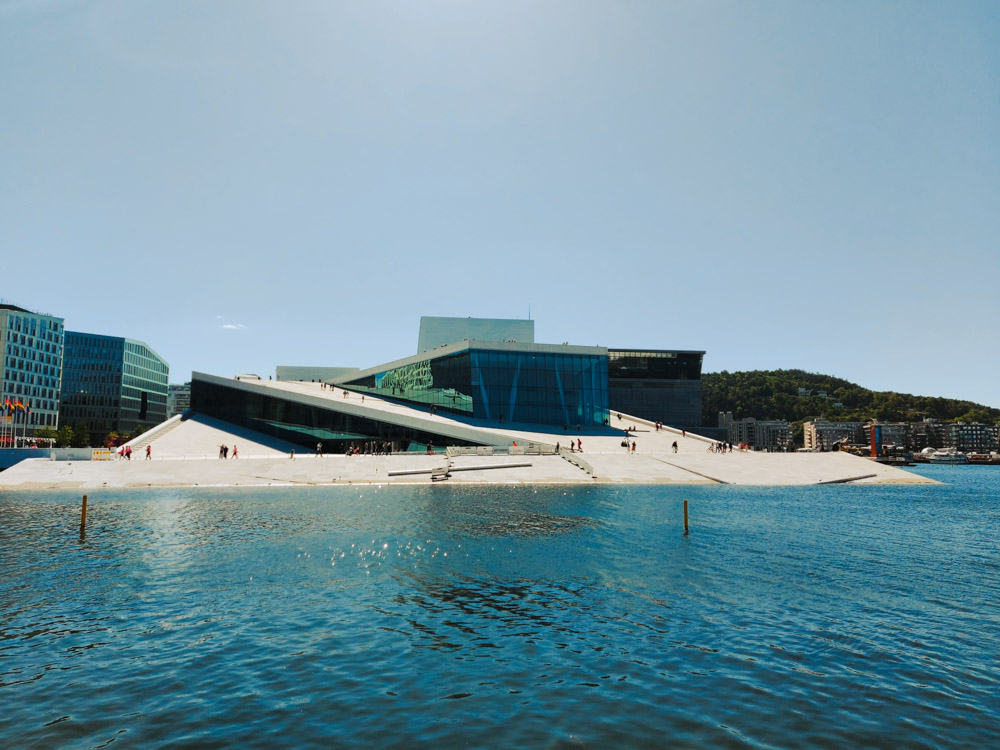
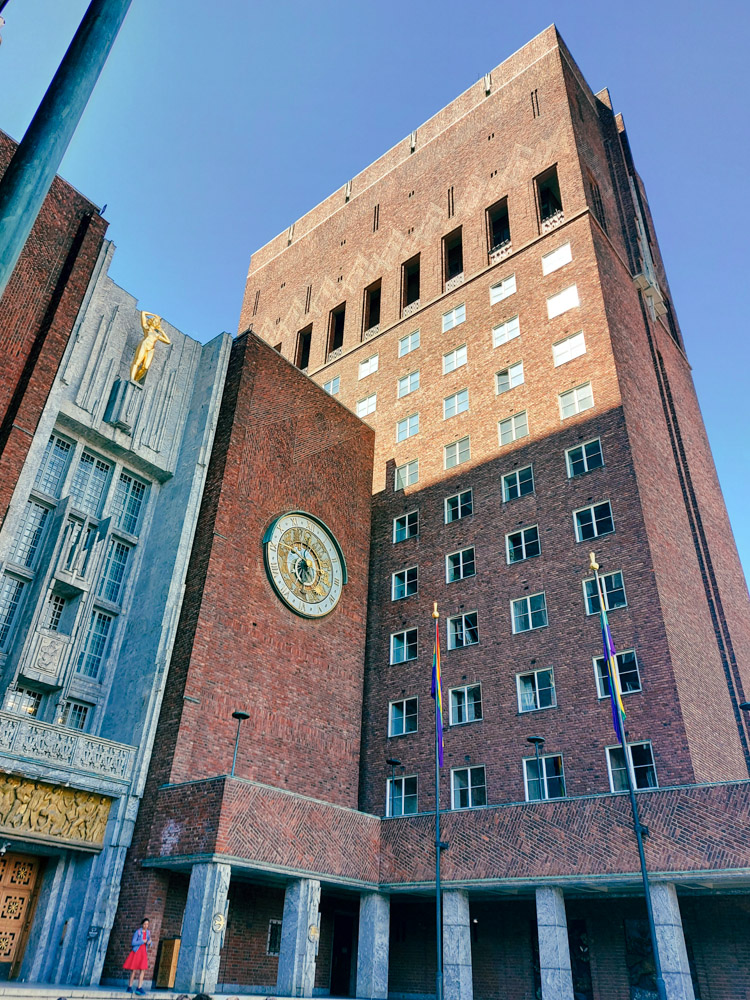
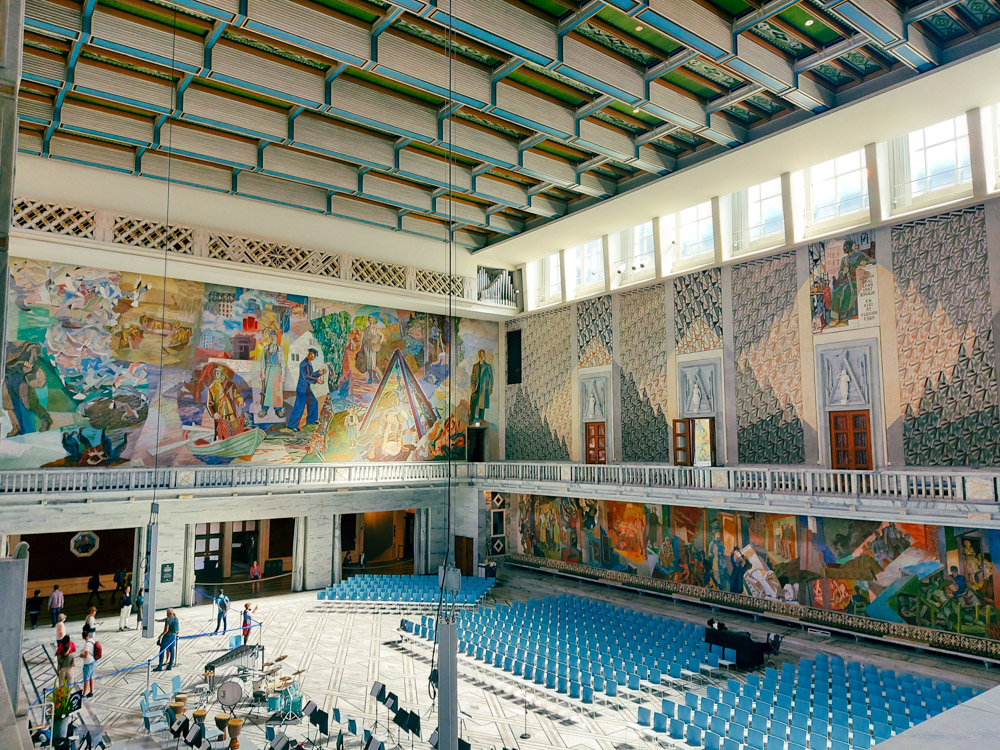
Jernbanetorget
Jernbanetorget Square was the meeting point for our tour. It is a fairly central point in Oslo with lots of transit stops there. In the square there are a few key statues – one of a tiger and another of a large hammer. The tiger represents the city – also known as the Tiger City – and celebrates its 1,000 year anniversary. You would be forgiven for thinking that the hammer belongs to the Norse God, Thor, but it is actually an anti-Nazi statue.
Opera House
The Opera House in an impressive structure, definitely not one to be missed in Oslo! The building is designed so that visitors can walk along the sloped sides from the ground right onto the roof of the building. From the top you can soak in a view of the bay and the city.
City Hall
Oslo’s City Hall doesn’t look that amazing from the exterior, particularly from the side facing the water. But inside it is decorated with giant murals. These represent different scenes from Norwegian history and culture. The City Hall is free to go inside and our walking tour included time for us to wander around ourselves and explore different rooms.
The Royal Palace
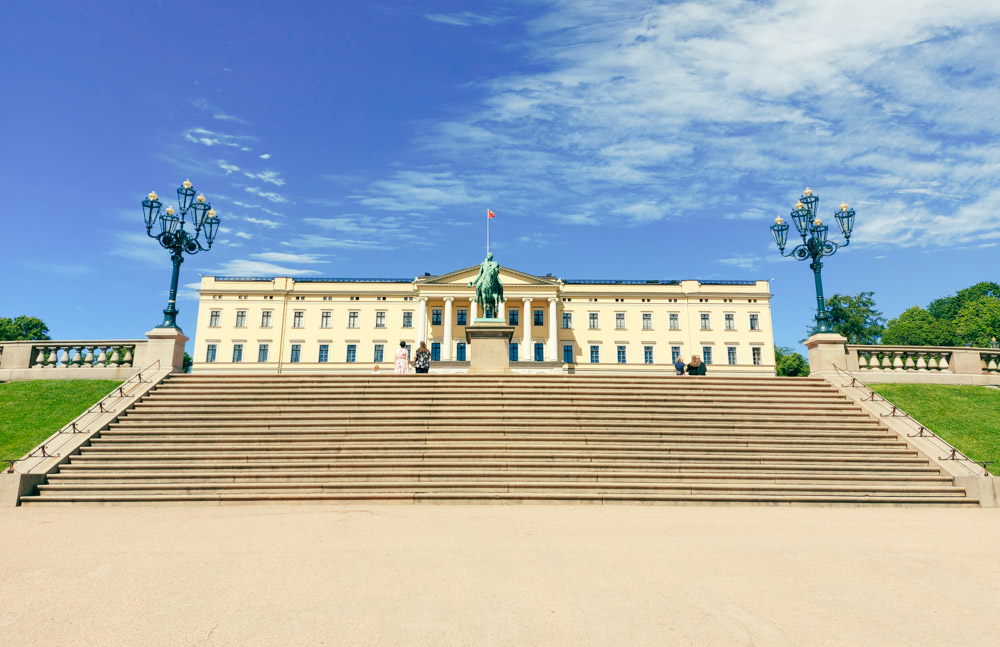
Our walking tour ended near the National Theatre. From there, take a stroll up Karl Johan’s Gate to the Royal Palace. You can’t enter the palace but you can explore the sprawling groups and admire the scale of the building from the outside. If you’re there around 13:30, you can also watch the changing of the guards ceremony.
Day 1: Aftenooon in Oslo
Lunch at San Fransisco Bread Bowl
Whilst perhaps not the most Norwegian of foods, San Franscisco Bread Bowl serves up delicious meals and its a great stop between the Palace and our next activity, Vigeland Park. Their signature dishes are served inside hollowed loaves of bread. The doughy off-cuts are served alongside for dipping in. The menu isn’t huge but there is enough variation to please most including curries, veggie options and pasta.
Vigeland Sculpture Park
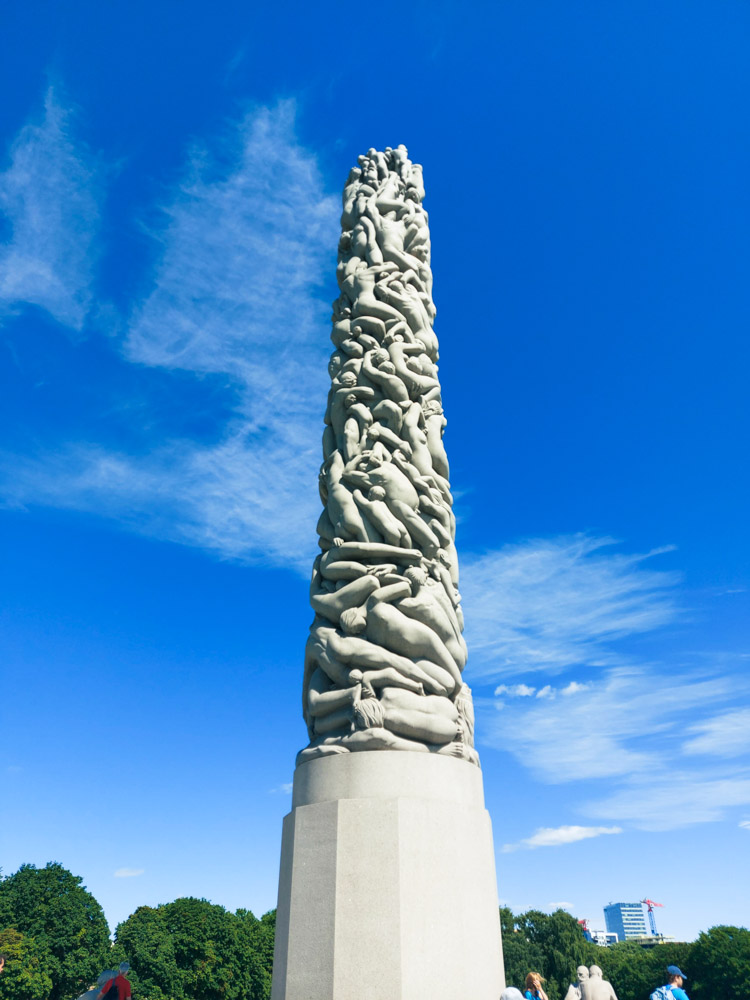
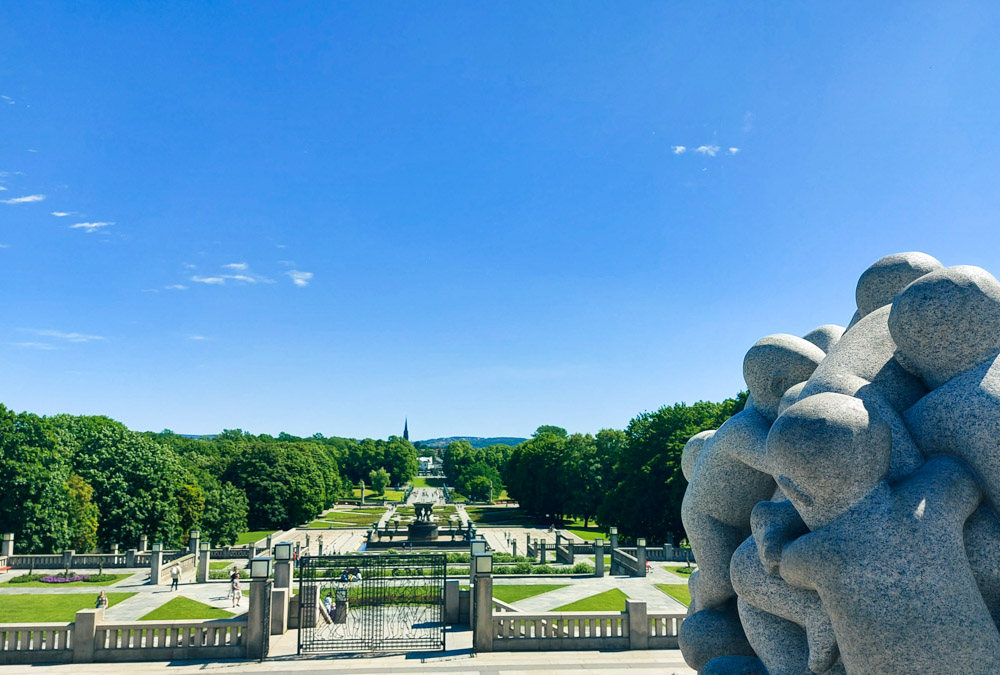
Vigeland Park sits within the much larger Frogner Park. Norwegian sculptor, Vigeland filled the park with over 200 statues made over a 40 year period. Opened in the 1940s the park has been a popular attraction ever since. The most eye-catching piece is a huge column of stone erected in a small hill. There are over 100 human figures carved into the column and a few more stand alone statues circled around it, looking out over the park.
Day 1: Evening in Oslo
Damstredet
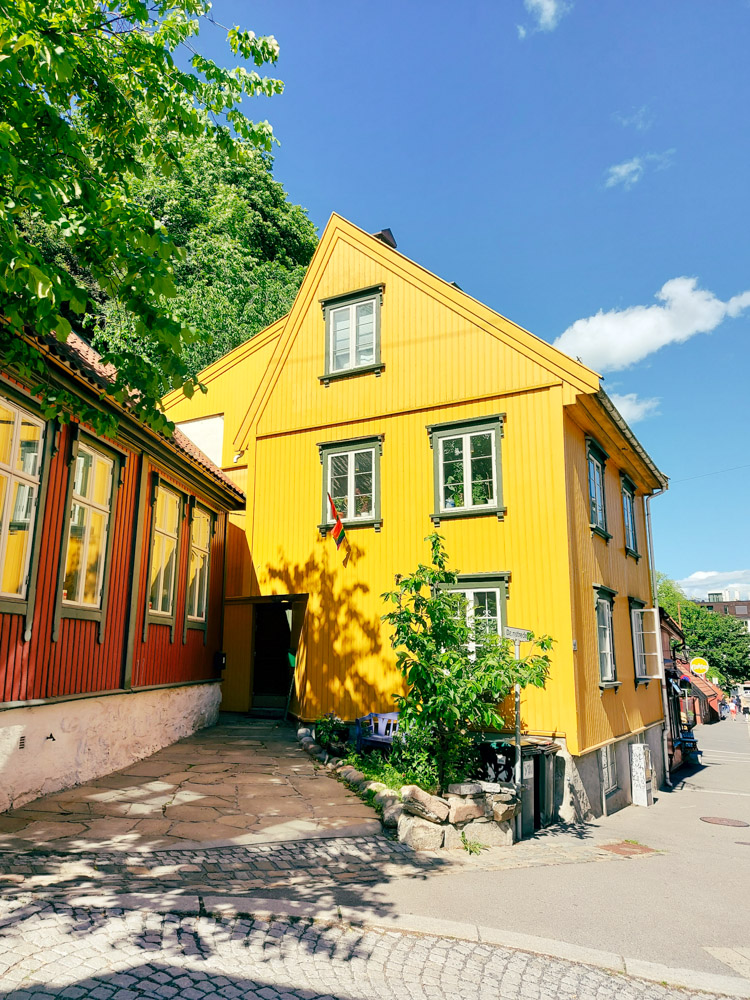
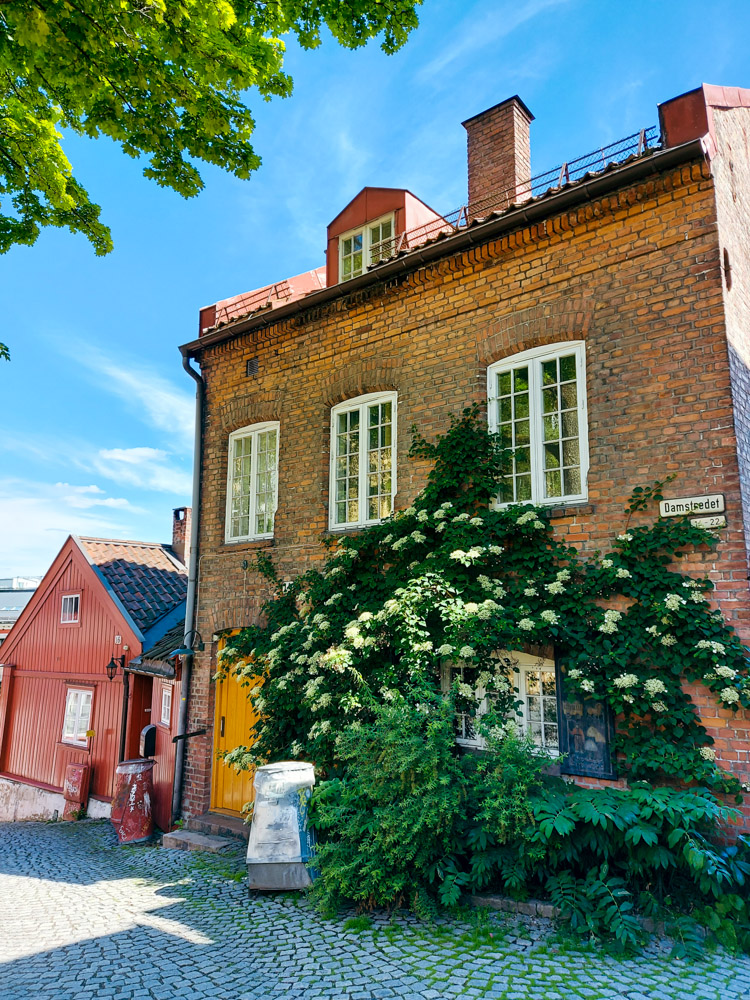
Damstredet is street lined with remarkably well preserved buildings from 200-300 years ago. The houses are all still lived in and well taken care off. It’s a delightful insight into how Oslo may have looked many many years ago.
Dinner at Mathallen
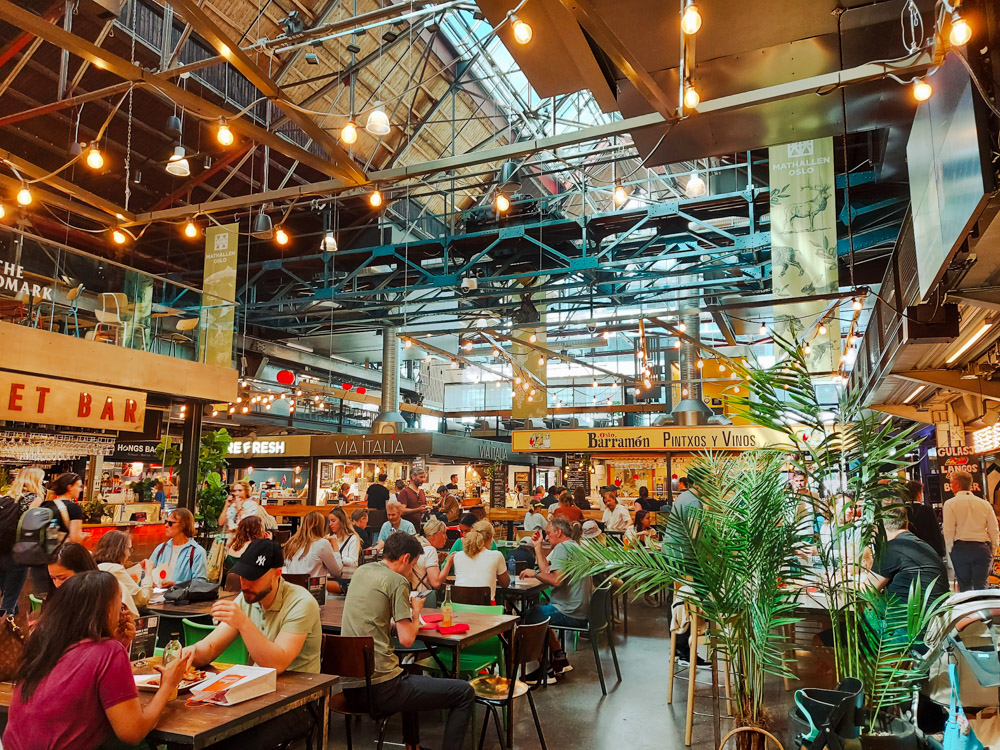
A short walk from Damstredet, you’ll find the lively food Hall, Mathallen. Mathallen is a lively venue with over 40 bars and restaurants in the food hall and several more in the surrounding courtyard. There are plenty of options from seafood to pizza, bao buns and bento boxes, you’re sure to find something you like! There are also a couple of options for desert too – Paradis Gelateria and The Cupcake & Pie Co. Occasionally festivals and live music is performed in and around Mathallen so plenty going on to keep you entertained too.
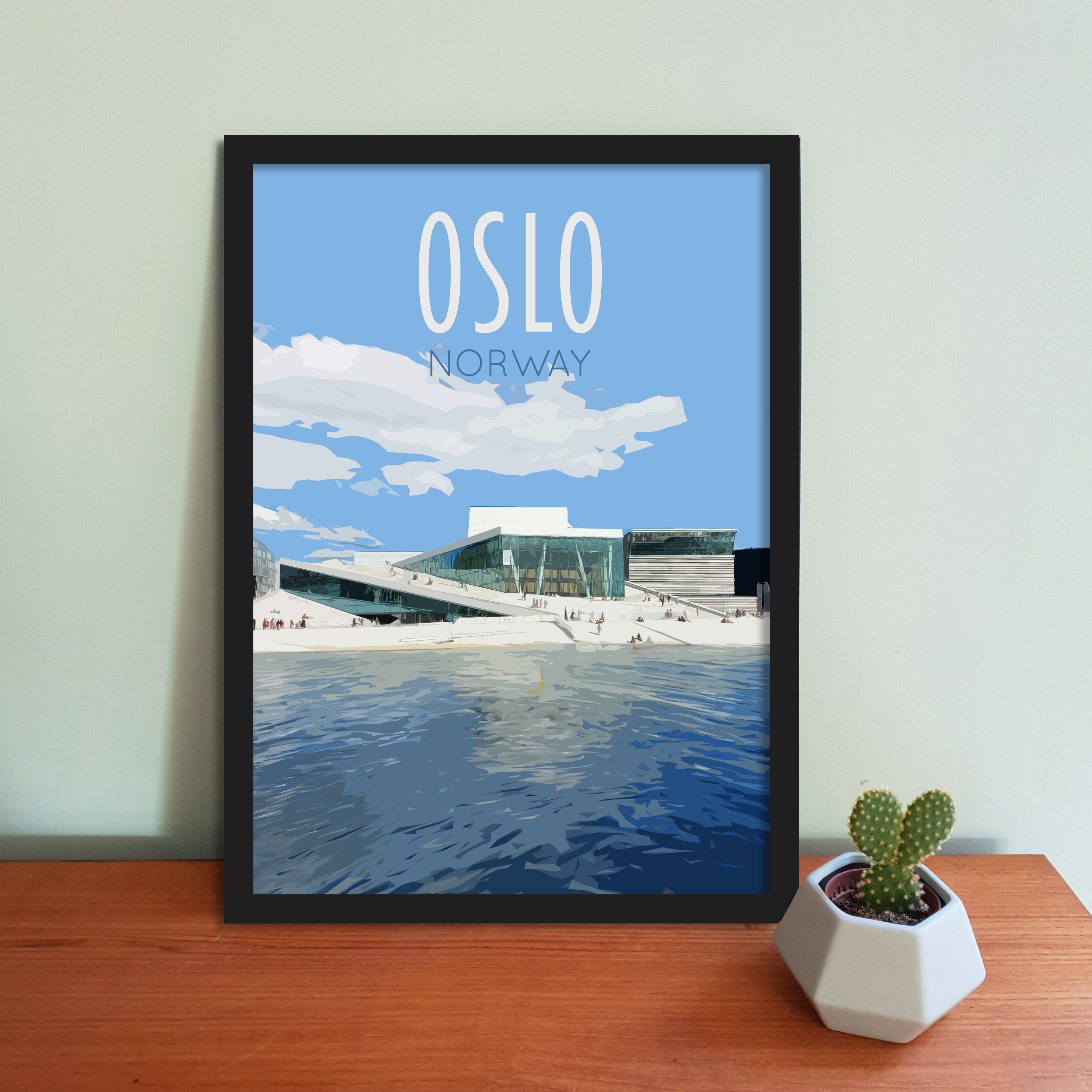
Day 2: Morning
Day 2 in Oslo is our museum day. For this, purchase the Oslo Pass to save a lot of money. Even if you only end up visiting three museums it will still be worth it! You can buy the pass through the app or at certain tourist information points or visitors centres. You also get free use of public transport with the Oslo pass too.
Norsk Folkemuseum
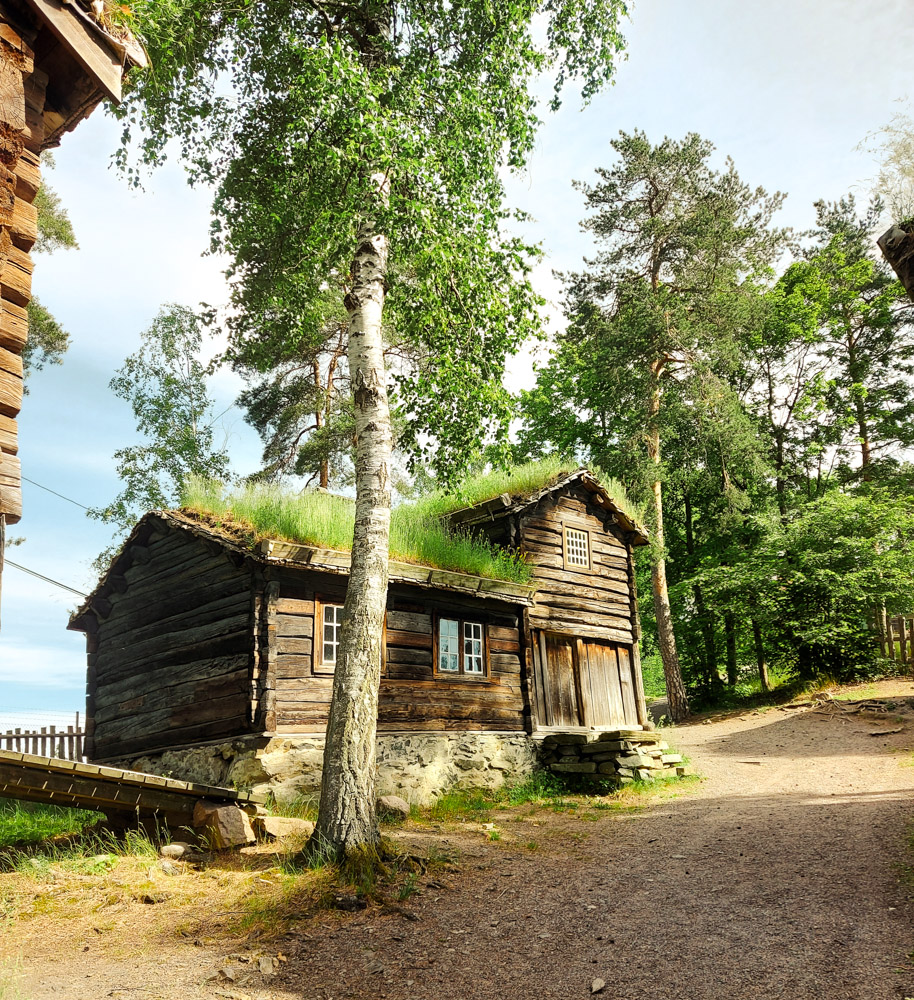
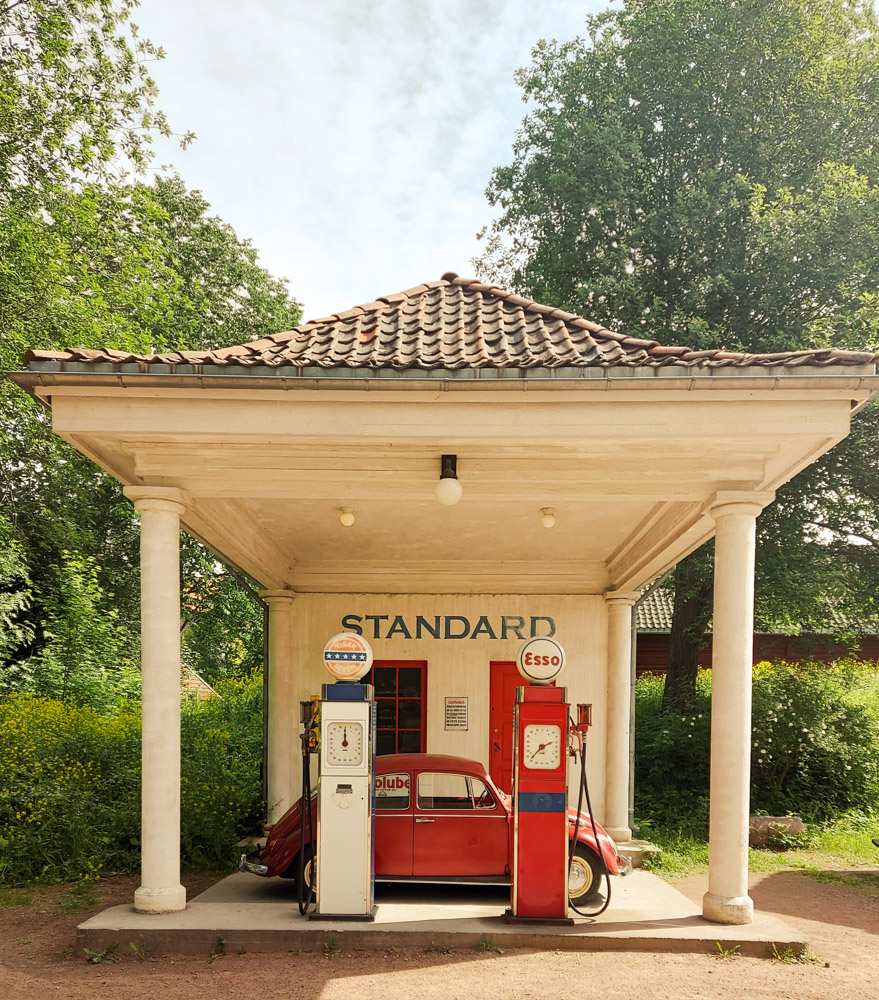
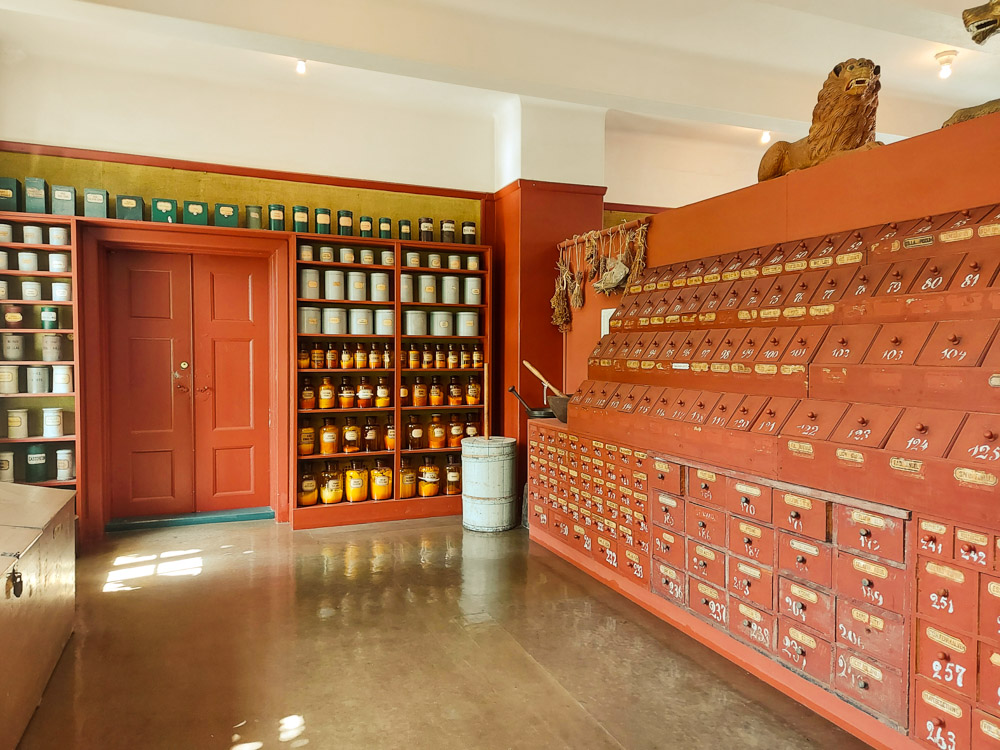

To make the most of the Oslo Pass and squeeze as much in as possible, aim to get to the Norsk Folkemuseum for opening time (10am). The Folk Museum is an open air living museum and is in fact one of the oldest in the world.
Spread over a vast area, the museum consists of old Norwegian buildings that have been dismantled from villages and farms all over Norway and reconstructed on site. There are many mossy-roofed log cabins and traditional farm houses but one of the most impressive structures in the Gol Stave Church which dates back to the 1200s.
There is also a newer area which features an entire 1950s apartment block. Complete with mid-century decorated living rooms and shops and a bar below – it is a must see! There is also a vintage petrol station and a pharmacy museum staffed by retired pharmacists.
This is the biggest museum on the itinerary so you could easily spend a day here but be mindful of time if you want to squeeze more in! We managed to explore most of the museum (we skipped the indoor exhibits) in 1.5-2 hours. I still recommend starting with this museum though as it is the furthest from the city centre so will likely take the longest time to get to.
Kon-Tiki Museum
A 15 minute walk from the Folk Museum, you will find the Kon-Tiki Museum, Fram Museum and the Maritime Museum. You will also pass the Viking Museum but this is currently closed for renovation until 2025. You might not have time to see them all if you want to visit other less marine-themed museums too so I would recommend picking just two of these. We opted for Kon-Tiki and Fram.
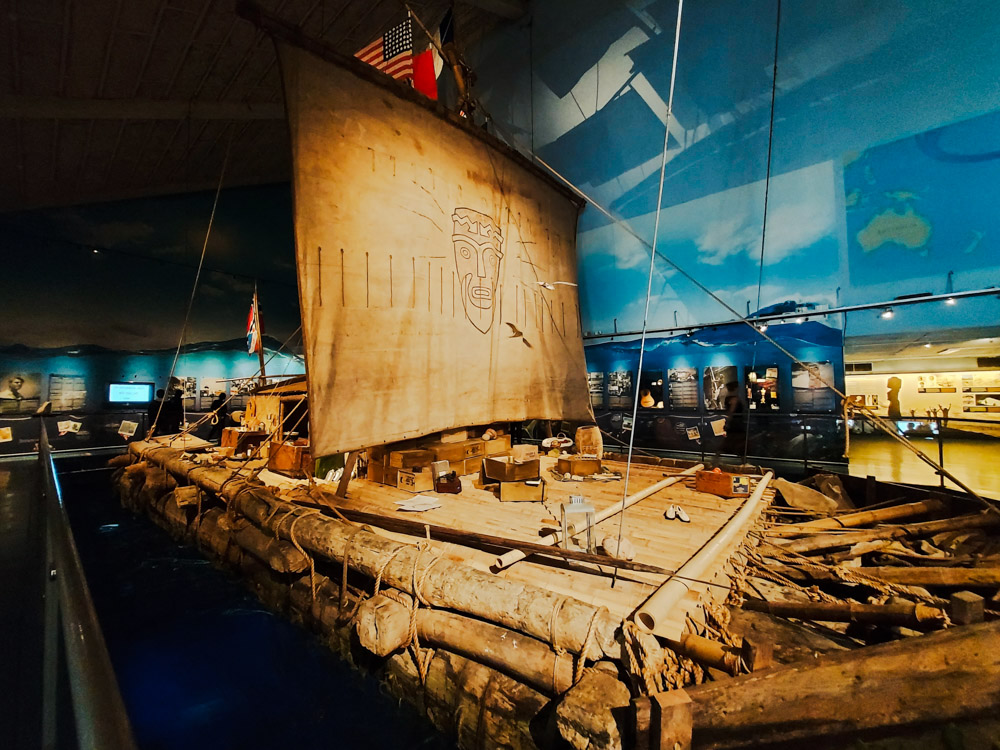
The Kon-Tiki Museum is based around the story of Thor Heyerdahl, a Norwegian explorer, and his raft. Thor believed that the ancestors of South Pacific Islanders could have originated from South America, rather than Asia. He wanted to proof that South American people could have sailed that distance thousands of years ago. So he built a raft using the materials and technology of the time and set sail! The museum displays his raft, along with another he built for a different voyage. Kon-Tiki is a fantastic museum, exhibiting a unique adventure.
Fram Museum
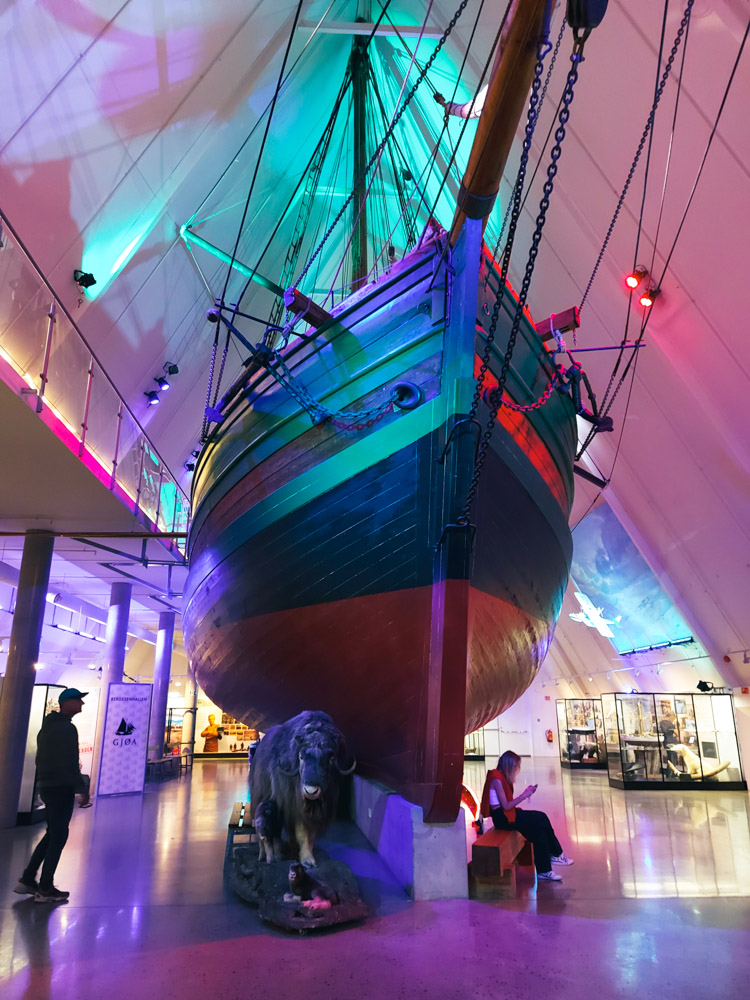
Next door to Kon-Tiki, there is the Fram Museum. The Fram Museum centres around the Fram vessel which was built in 1891 and has sailed to the Arctic and Antarctica. Some of the exhibits are actually inside the boat so you can explore and see how the crew lived. There is also an ice cave chamber where you can experience the freezing cold temperatures of the South Pole!
After the Fram Museum take the ferry back over the centre of Oslo. The Oslo Pass includes the cost of the ferry journey. It will drop you off close by to the City Hall and Nobel Peace Centre.
Day 2: Afternoon
Lunch: Food Vans
Hop off the ferry and grab some lunch at the food vans outside the Nobel Peace Centre. The vans offer tasty and affordable options to fuel you on your day of museum exploration!
Nobel Peace Center
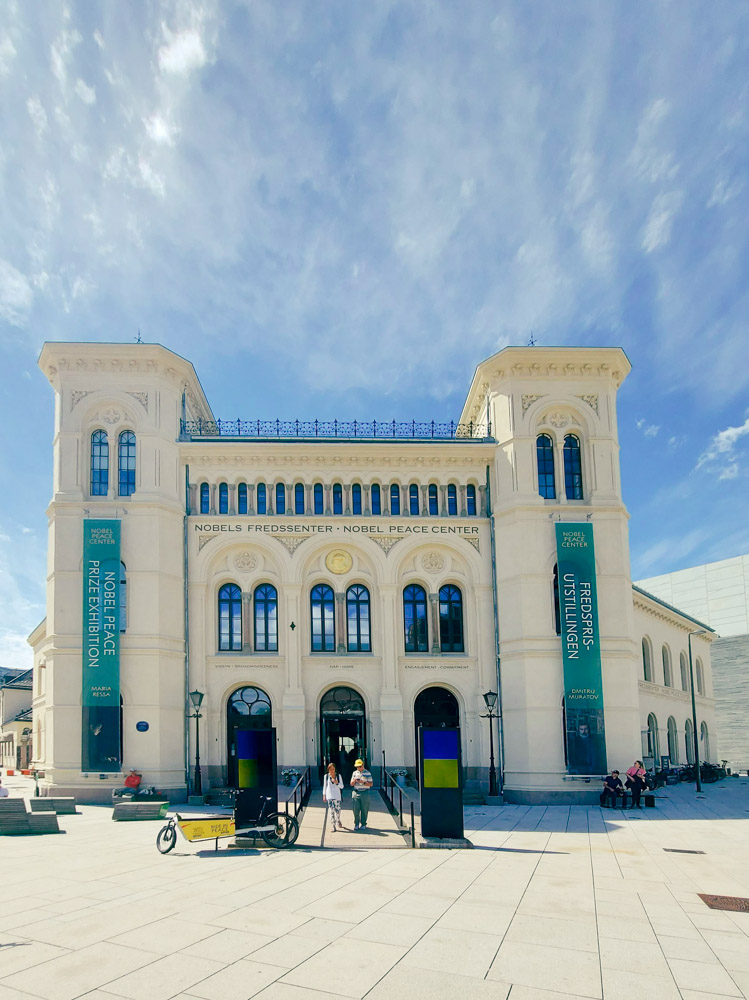
The next museum is about the Nobel Peace Prize Winners. Annual updates to the museum celebrate the more recent prize winners in larger, temporary exhibits. It also includes interactive displays with more information about previous recipients too.
Akershus Fortress and Castle
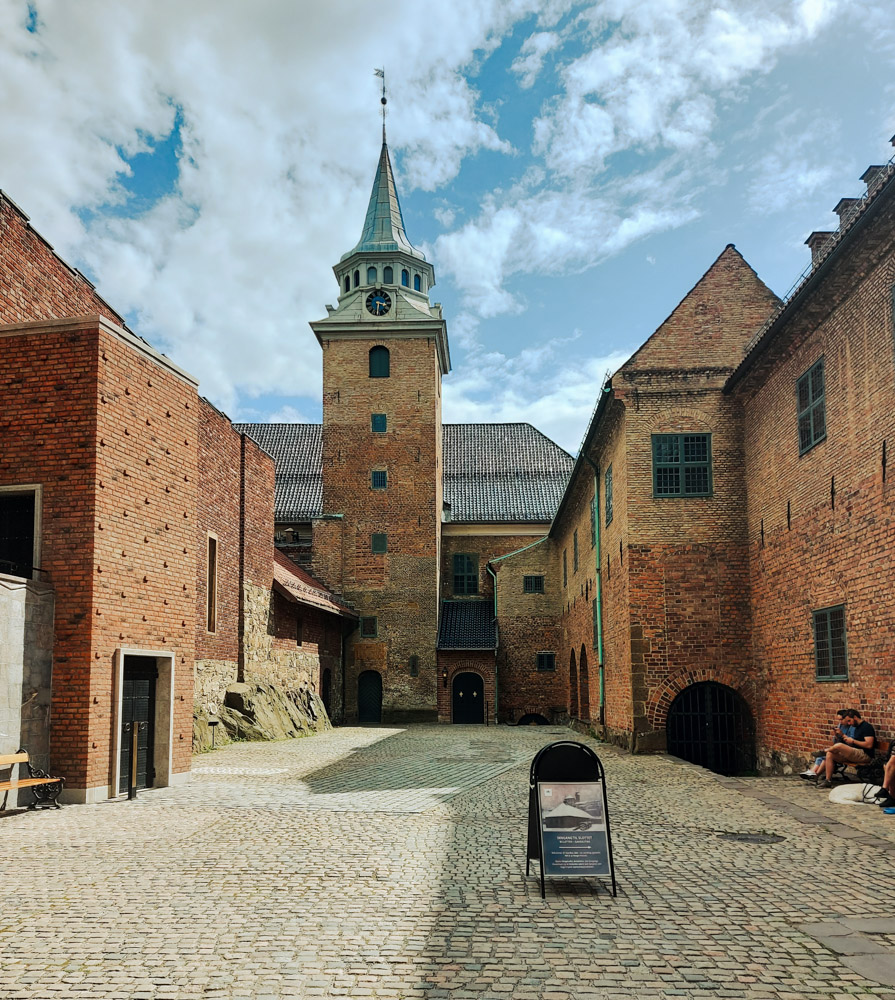
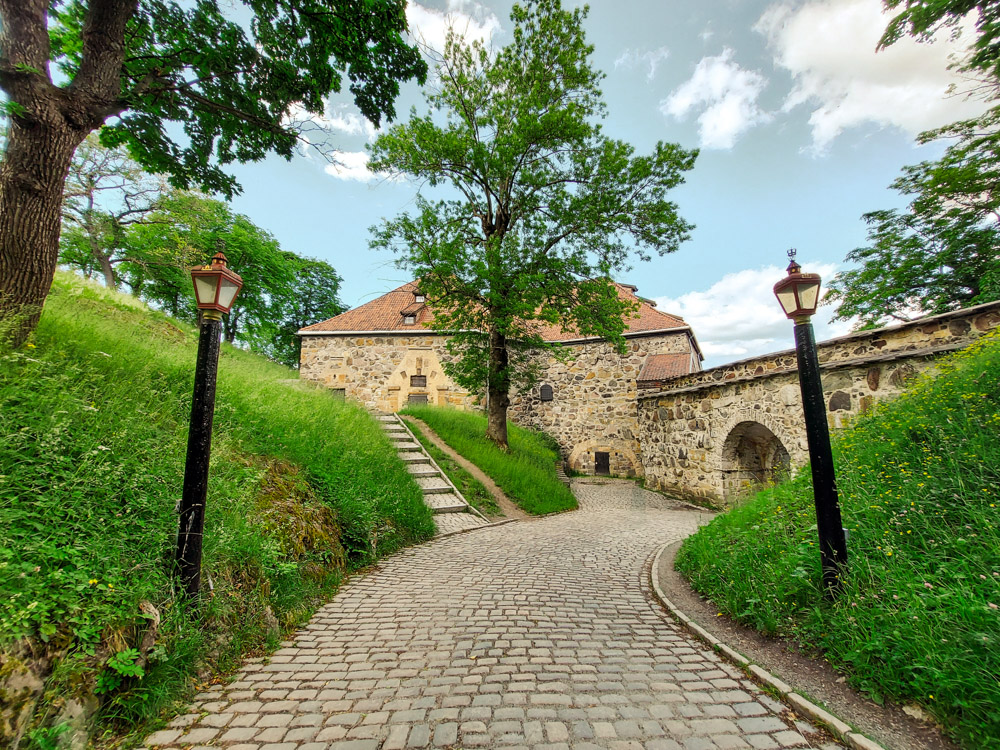
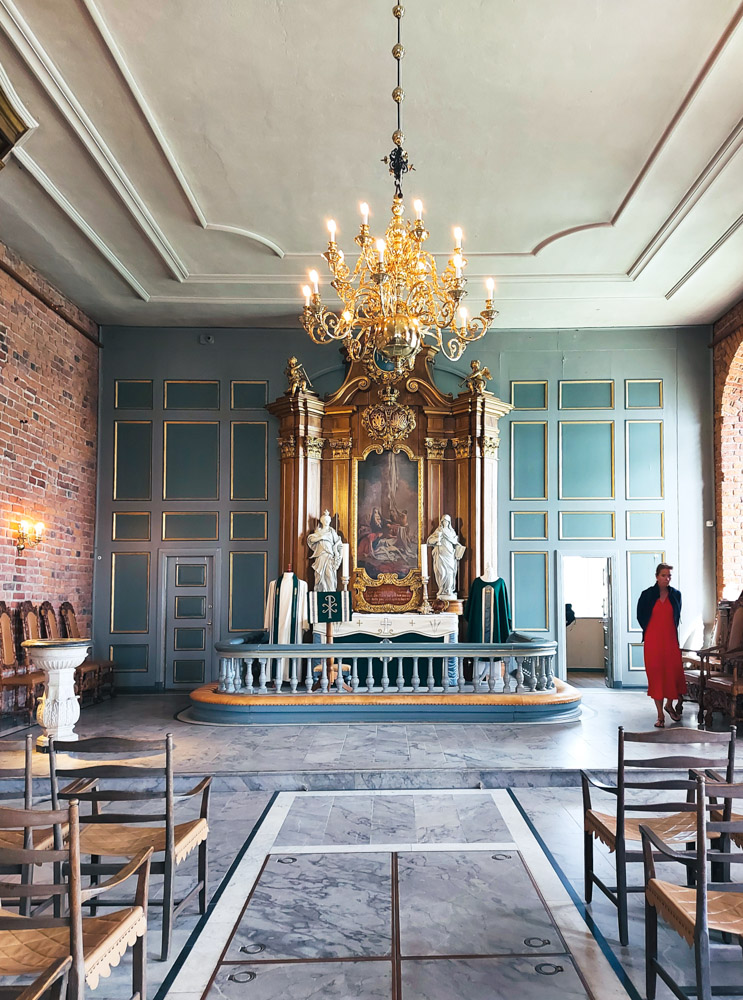
Akershus is about a 20 minute walk form the Peace Centre. It is a medieval fortress complex which includes a castle, stables and spectacular views over the harbour. The visitor centre and fortress are free to enter and wander around. You must pay to enter the castle and Resistance Museum but both the Oslo Pass includes entry to both.
Be sure to pick up a free guide from the front desk when you enter the castle as there is little information when wondering around. This is a museum you can speed through fairly quickly if you want to. Alternatively, you could spend a couple of hours studying all the ornate furniture, tapestries, and suits of armour, and even visit the Resistance Museum too if you have time.
Day 2: Evening
Munch Museum
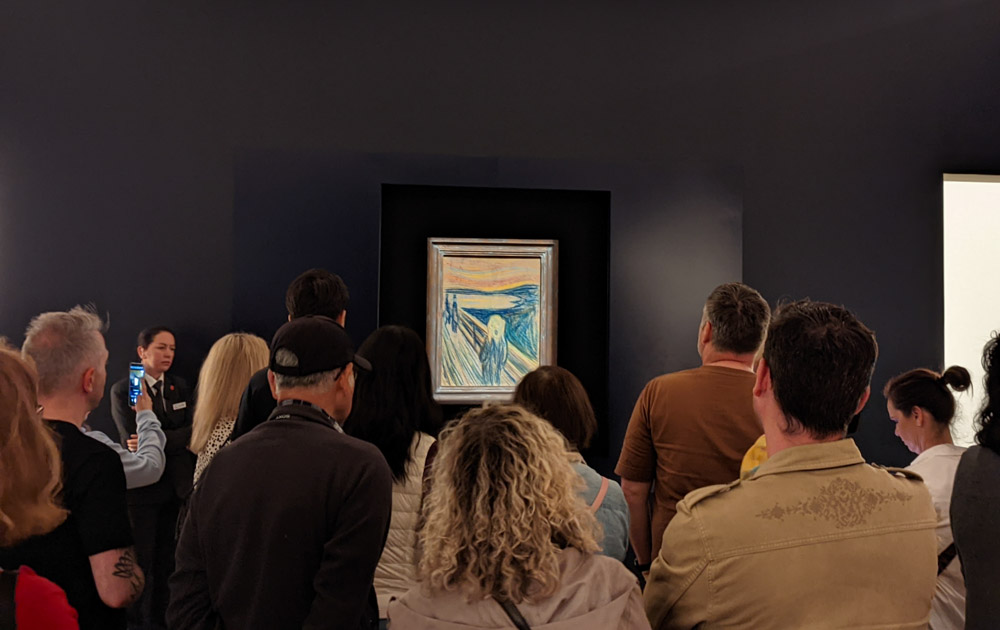
The Munch Museum is a monument to the Norwegian Artist, Edvard Munch. His most famous work is The Scream, of which there are four versions. Even if you’re not familiar which his other work, the museum is definitely worth a visit is as it is far more than a standard art gallery.
Each floor of the museum is different to the one below. Some are immersive experiences that combine music and art. Some are playgrounds which encourage visitors to draw on the walls and sculptures. My favourite floor featured an exhibit on Munch’s home where hidden scenes of mice painters where hidden within furniture. At the top of the museum, you can soak in views across Oslo from the Sky Bar.
Dinner
Have some dinner before the next and final museum. Don’t worry too much about timings as the National Museum is open late until 9pm everyday, apart from Mondays when it is closed.
If you’re stuck for ideas for dinner, I would recommend having some tacos if you haven’t already on this trip! It might seem like an old choice for Norway but its actually one of the most popular foods amongst locals. Supposedly tacos were introduced to Norwegians by Texans who came over to help with oil extraction. They didn’t just share their knowledge of oil rigs, but also their love of Mexican food. Tacos are now common place in Norwegian kitchens – particularly on Fridays. There are also tonnes of taco bars around Oslo so take your pick!
The National Museum
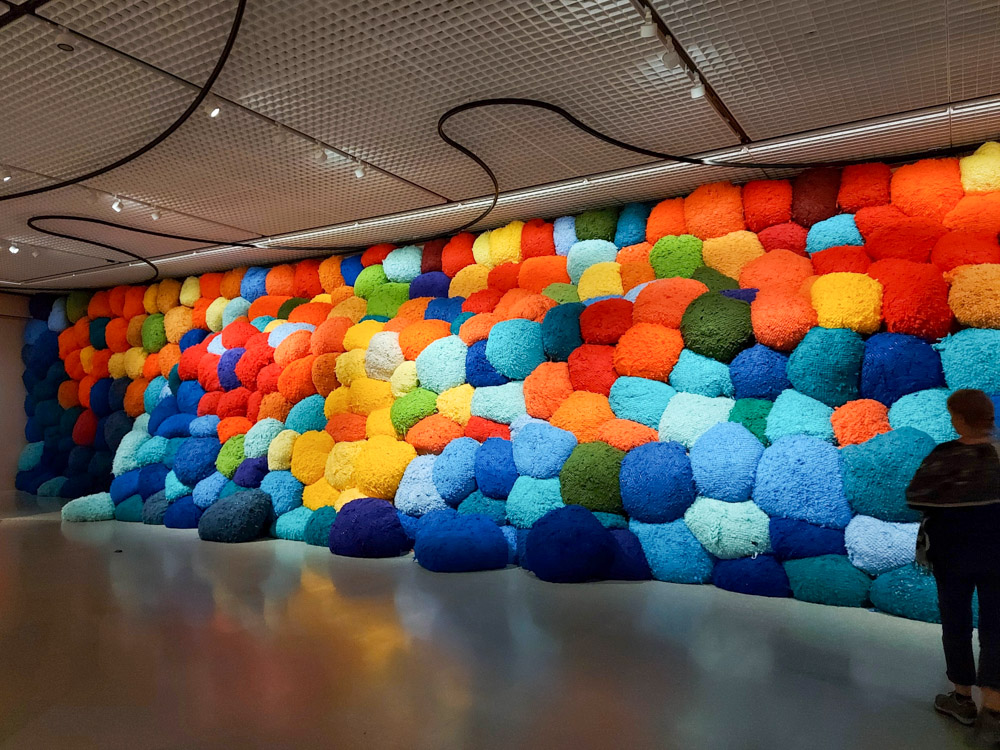
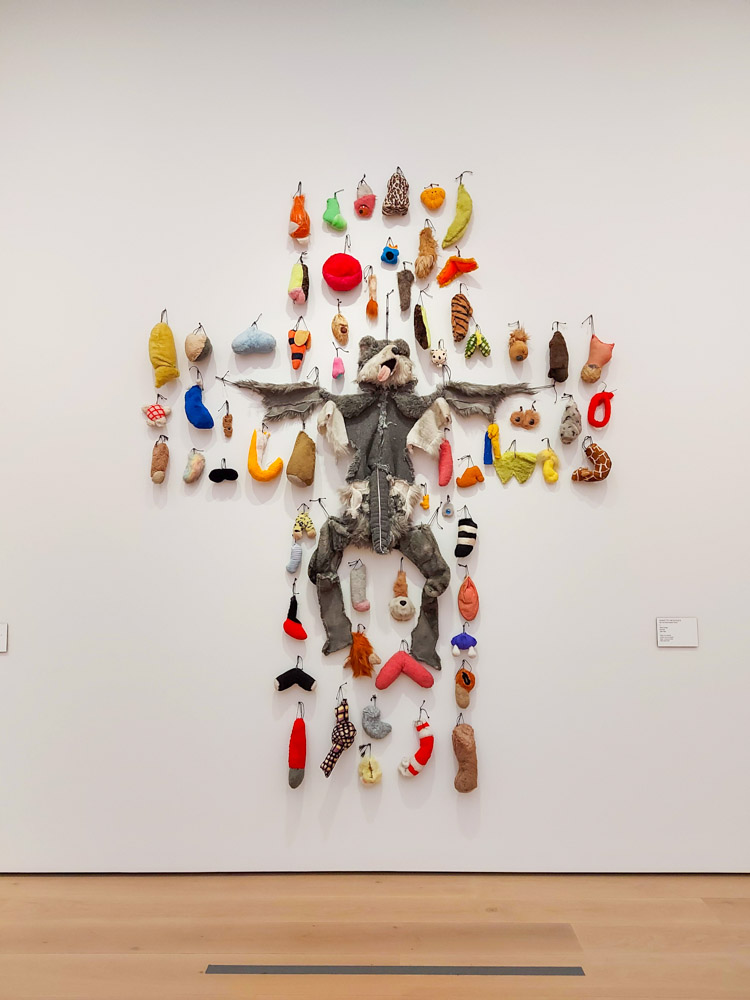
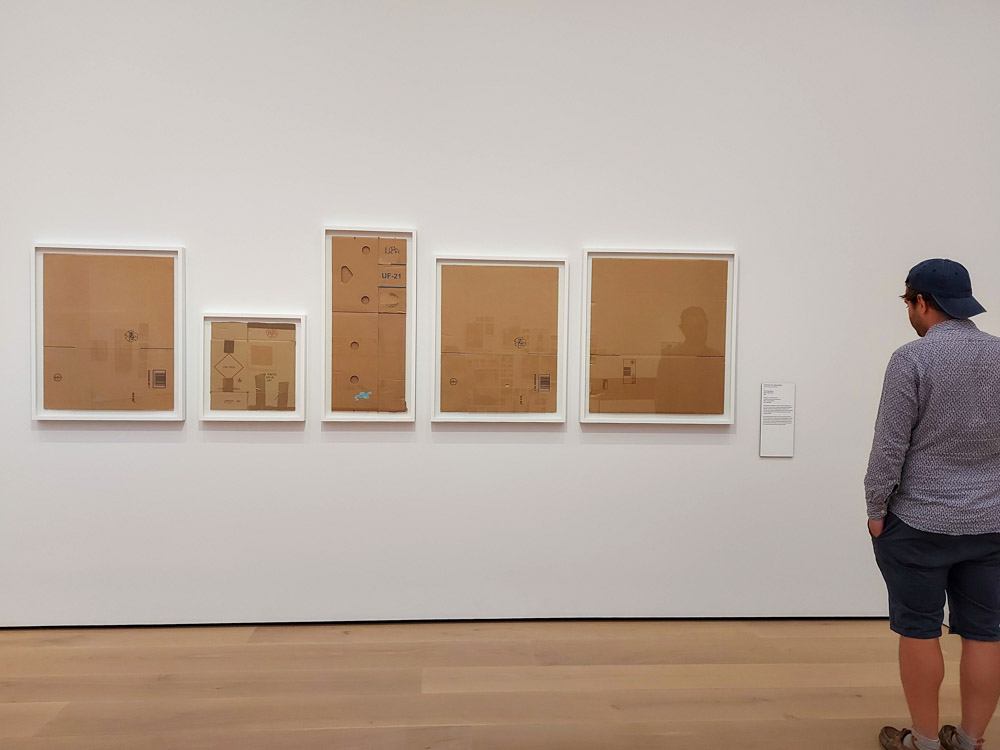
The National Museum only recently opened in the summer of 2022. It cost £500m to build and is the biggest museum across the Nordic countries! There really is a lot to see. The ground floor is a labyrinth of galleries filled with historical items from various countries and eras. It ranges from ancient Greek pottery to 20th century Scandinavian design to fashion from different cultures and so much more. I’m not even sure if we saw it all because it really is such a maze! Upstairs focuses on art. There are collections of classic paintings, including another version of Munch’s The Scream. Plus lots of modern art. Some was definitely lost on me but it was interesting to wide variety of installations.
More Activities for Extra Time
If you’re lucky enough to have more than two days in Oslo there are lots more things to do and see that I couldn’t quite pack into this itinerary. If you would like to see more museums, you could opt for a longer Oslo pass. Then you could also see the Ski Museum, the Viking Museum (reopens in 2025) and the Science and Technology Museum.
If you would prefer to keep costs low and stick with free attractions, take a wander around the Botanic Gardens. The Natural History Museum is also based in the same sight but there is a fee to enter, though it is included in the Oslo pass. Another free attraction is the Ekerbergparken. This is another sculpture park, similar to Vigeland Sculpture Park but set over a larger wooded area.
For more food recommendations, if you’re in the harbour area, try Villa. This is a food hall with lots of street food options. Its not quite as big as Mathallen but still offers a variety of affordable options. If you are vegetarian or vegan, try Nordvegan for lunch or dinner.
More Travel Tips for Oslo
If you would like more information about visiting Oslo, Norway, take a look at some of my other posts below. Enjoy your trip!
Is the Oslo Pass worth it?
What is the Oslo Pass? The Oslo Pass is a ticket that grants you entry to lots of museums and attractions around Oslo. It also provides free public transport and discount at selected restaurants and…
Free Things to do in Oslo, Norway
Oslo is definitely an expensive city to visit. But that doesn’t mean you can’t visit on a low budget. We recently visited Norway’s capital for a long weekend and as usual, tried to get the…

